Housing Endorsements |
|
The SSEDC’s Housing Committee supports The Cove development in Hingham (220 new homes). Its proximity to transit through the Ferry Service at Hingham Shipyard will make the area more attractive to a younger talent pool being priced out of the Boston housing market. Additionally, the proximity to Hingham Shipyard amenities and Hingham’s downtown center should help bolster the local economy by adding some additional tax revenue and a larger customer base for existing and incoming businesses. Hingham Town Officials were open to the 40B model in order to make some of the units available at below market rate.
0 Comments
The SSEDC’s Housing Committee supports the overall Cordage Park project in Plymouth (675 new homes at full build out). The project sits adjacent to the Cordage Commerce Center Campus – with restaurants, bars and other activities. The project will part of a larger development focused on revitalizing an underutilized lot – The Cordage Rope Factory. It offers front door access to the Plymouth MBTA Commuter Rail Station.This is an example of housing anchoring a mixed-use project that will have economic impact beyond its boundaries. We expect the successful development of Cordage will trigger significant new investment in the larger North Plymouth Center, with retail, commercial development and more housing. It also is likely to spur more commercial development over the town line in Kingston.
The SSEDC’s Housing Committee supports the 1500 Main Street development in Weymouth (237 homes). The project is across the street from the South Weymouth Commuter Rail station, adjacent to the Union Point development and on an underutilized lot off of the Rt. 18 corridor. The convenience of the commuter rail makes the project particularly attractive to younger professionals who find themselves priced out of the Boston housing market, or who are choosing to live on the South Shore, but want a more urban-feeling environment and easy transit access into Boston. The project is proposed under the new Commercial Corridor Overlay District and is the second project to have been introduced under this new zoning change.
The SSEDC’s Housing Committee supports the Residences at Great Pond development in Randolph (234 new homes). The project is located in Pacella Park, a commercial and industrial park. With easy access to the highway, the project offers some much-needed housing (and resident amenities) to the area. The development is located within a 10-minute drive to the Braintree MBTA station, South Shore Plaza, Randolph’s downtown corridor and some local parks and hiking trails.
The SSEDC’s Housing Committee supports the South Shore Habitat’s Feinberg Bog project in Duxbury (6 homes). These six townhomes on the Old Camp Wing property introduce a smaller square footage product, at a lower price point to the Duxbury community. The developer worked closely with the Town of Duxbury, the Affordable Housing Trust, community members and neighbors to address concerns and to introduce a thoughtful, high quality site design.
The Pinehills is an example of development that can be catalytic in suburban markets. The Pinehills offers a wide variety of housing – condominiums, single family, apartments – with views of protected open space or within walking distance to the two acre park at the heart of the mixed-use Village Green and its shops and restaurants. Walking trails through the woods connect neighborhoods to each other and the Village Green. With direct access to Rt. 3, the Kingston Commuter Rail and downtown Plymouth are a 10 minute drive.
The SSEDC’s Housing Committee supports the Redbrook development in Plymouth (1,200 homes). Redbrook offers a wide variety of types of housing and offers a community with access to shops, restaurants, and walking trails, as well as a community center. It is a quick drive to downtown Plymouth, approx. 10-minute drive to access Rt. 3 and a 20-minute drive to Kingston Commuter Rail. The development team from A.D. Makepeace has worked closely with the Town of Plymouth and will also be introducing some workforce housing into the property. This is a strong example of smart land use.
The SSEDC’s Housing Committee supported the Landing 53 development (172 homes) located in Braintree in The Landing. The development is a product of the Braintree Weymouth Landing Village Overlay District. The project’s proximity to the East Braintree/Weymouth Landing Commuter Rail makes the area more attractive to commuters. The building is a mixed-use property introducing new commercial space. Investments have continued to pour into the Landing in the form of smaller multi-family buildings, new restaurants and other commercial properties. For many This is an example how of private investment, local and state leadership and public collaboration can revitalize an area.
The SSEDC’s Housing Committee supports the Town of Rockland’s 40R Overlay District Zoning change. The 40R overlay district encourages smart growth, housing production and revitalization of key areas in town. Rockland is looking to attract investment and make development more feasible within their downtown center. The Overlay district includes: area of Union Street between North Avenue and the intersection of East Water and West Water streets. Town officials and community members are looking to open the door for redeveloping the town’s center which had been struggling for years with vacant storefronts and deteriorating buildings.
The Chamber has been very active with REiMAGINE Rockland, a community group, in charge of leading some of these revitalization efforts. In the fall of 2018, the Rockland Chamber and REiMAGINE Rockland organized walking tour of the downtown to highlight areas targeted for revitalization. The SSEDC’s Housing Committee supported the opening of the Independence Avenue Gate at the Quincy Adams T station. Much of our housing agenda calls for more Transit Oriented Development (TOD)—housing near mass transit. The opening of a pedestrian gate from the Quincy/Adams T. station to Independence Ave. is an ideal example of this strategy and is a critical example of strong local leadership. This long-fought solution creates valuable housing without building a single new home. Hundreds of homes in the Penn’s Hill neighborhood of Quincy and Braintree now have walking access to the Red Line.
Prior to the opening, area residents would have to walk 30-45 minutes or actually drive several miles in commuting traffic to park in a garage that was essentially just a short walk away. Developing this “instant” TOD offers the entire area a much more attractive option for people who want to live on the South Shore but work in Boston and beyond. The gate opening creates a new TOD without building new housing or a new train station. The SSEDC’s Housing Committee supports the Town of Randolph’s introduction of the Union Crossing Zoning Overlay District. The overlay district allows for mixed use around their existing Commuter Rail station. This zoning allows for increased residential density and will encourage a more walkable community with quick access to transit. It allows greater investment into the town through a special permit process.
Chamber & Housing Committee Support:Town Manager presented to Housing Committee members; Continued engagement with local officials. The SSEDC’s Housing Committee supports the Hampton House Apartments and Townhomes development in Braintree (17 new homes). The project offers housing in an interesting and walkable community with easy access to transit via the Braintree T Station and amenities in Braintree’s town center. This is an example of taking an underutilized lot within a walkable area to help bolster nearby businesses, offer easy access to amenities and public transportation and help increase the number of homes needed to meet the region’s growing needs.
|
AuthorSouth Shore Chamber Housing Committee Archives
June 2019
Categories
All
DISCLAIMER: Photos were provided by the developers of the endorsed projects and could be subject to copyright.
|

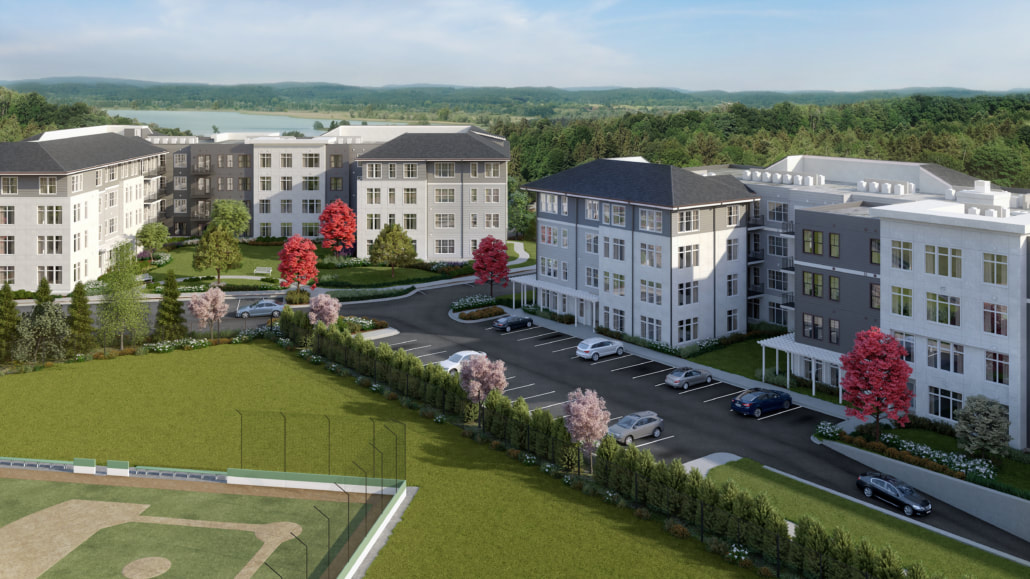
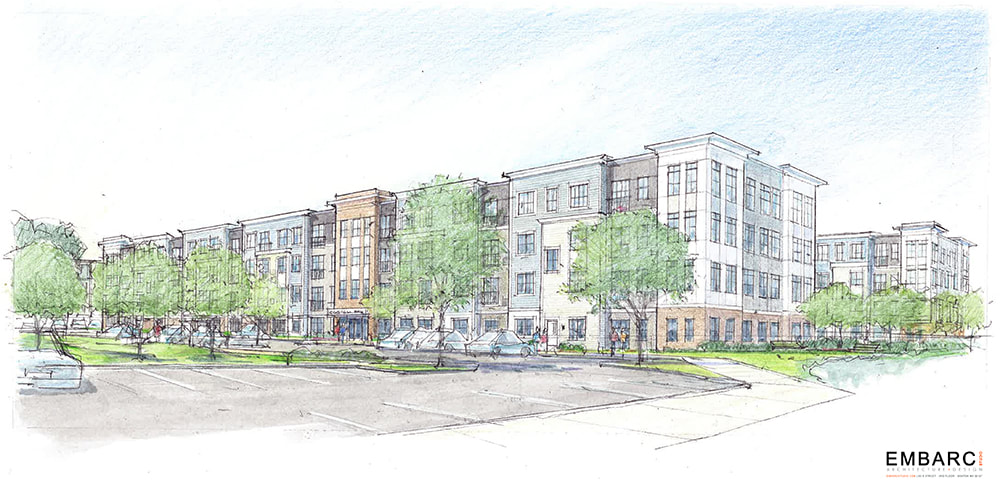
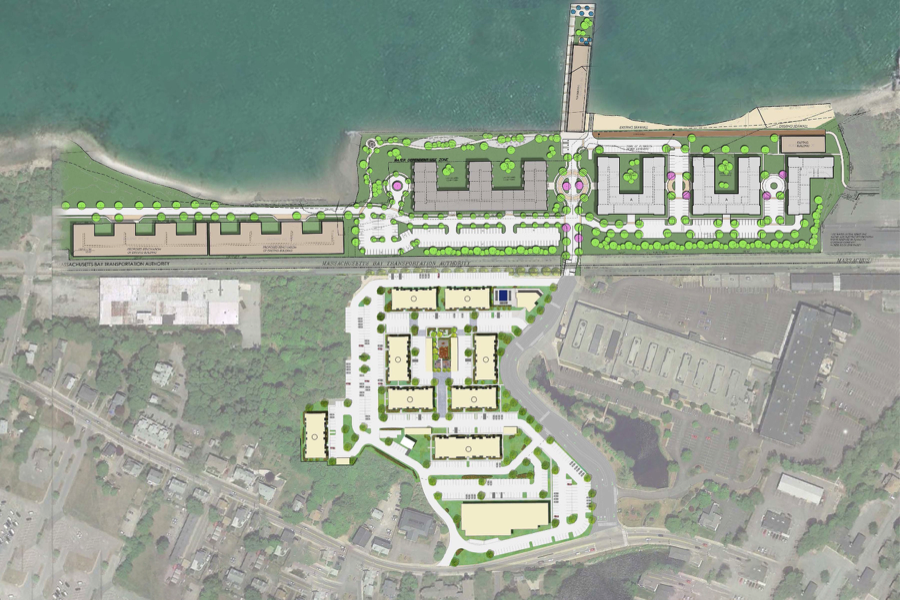
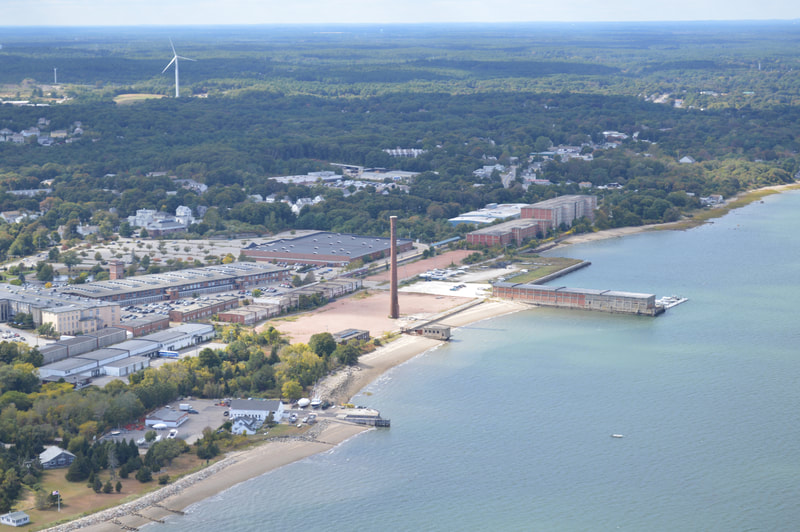
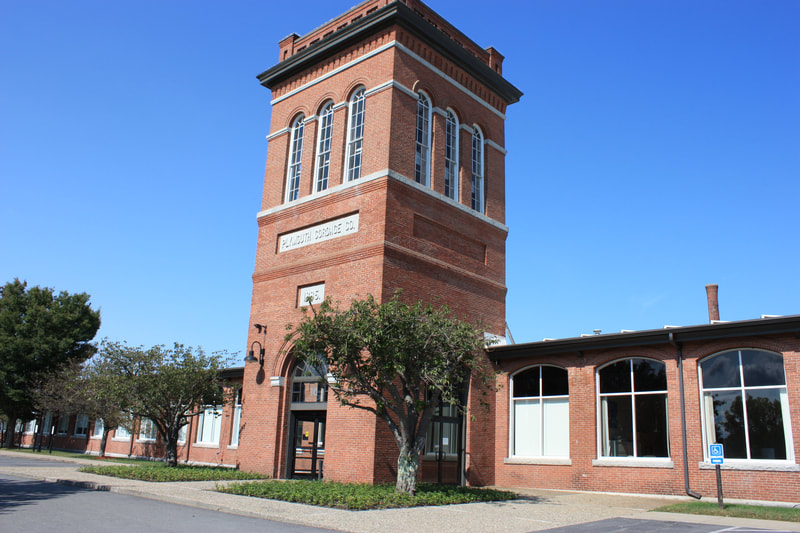
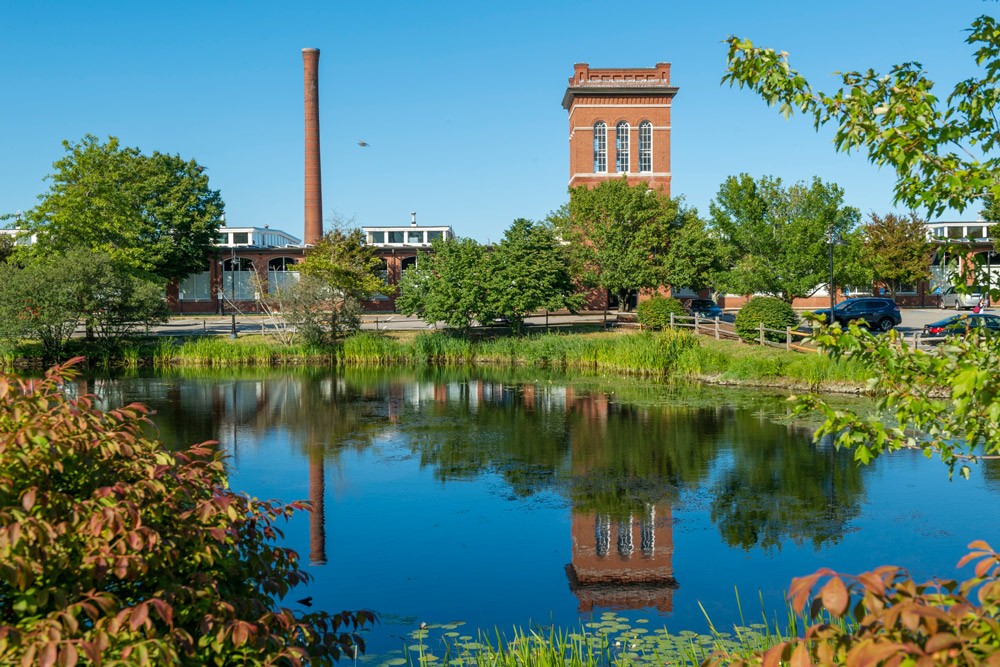
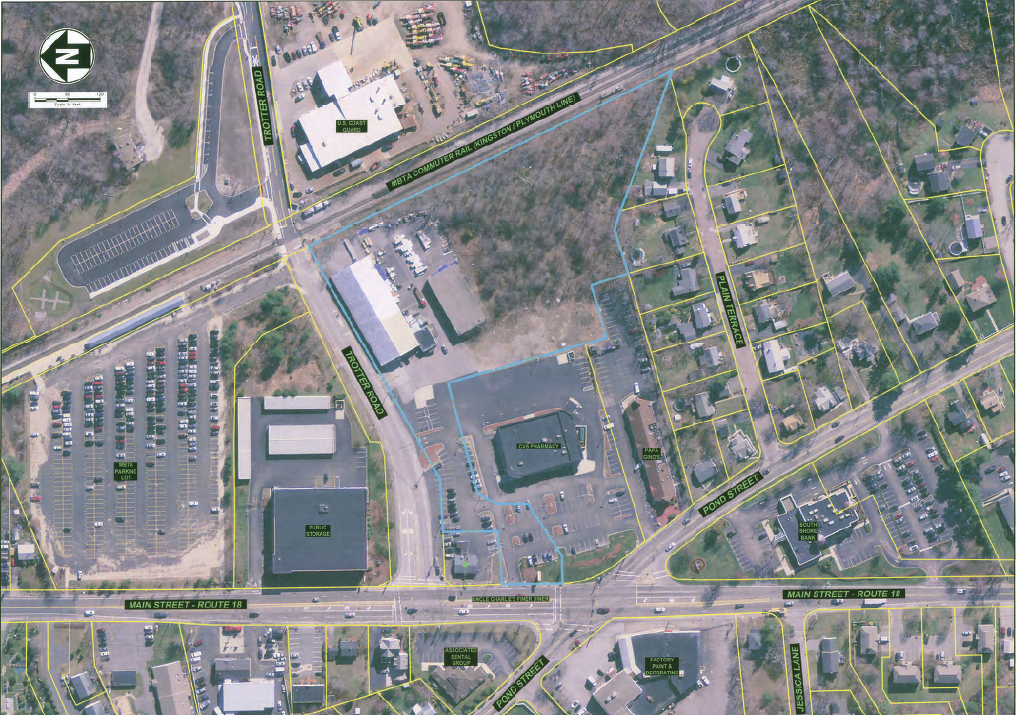
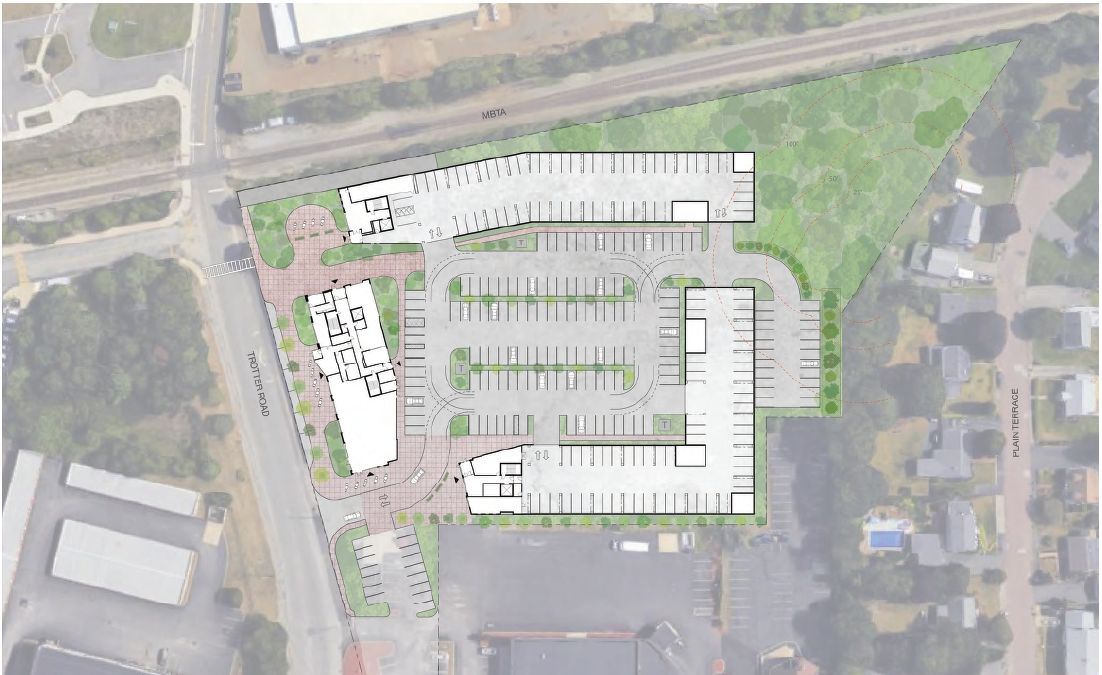
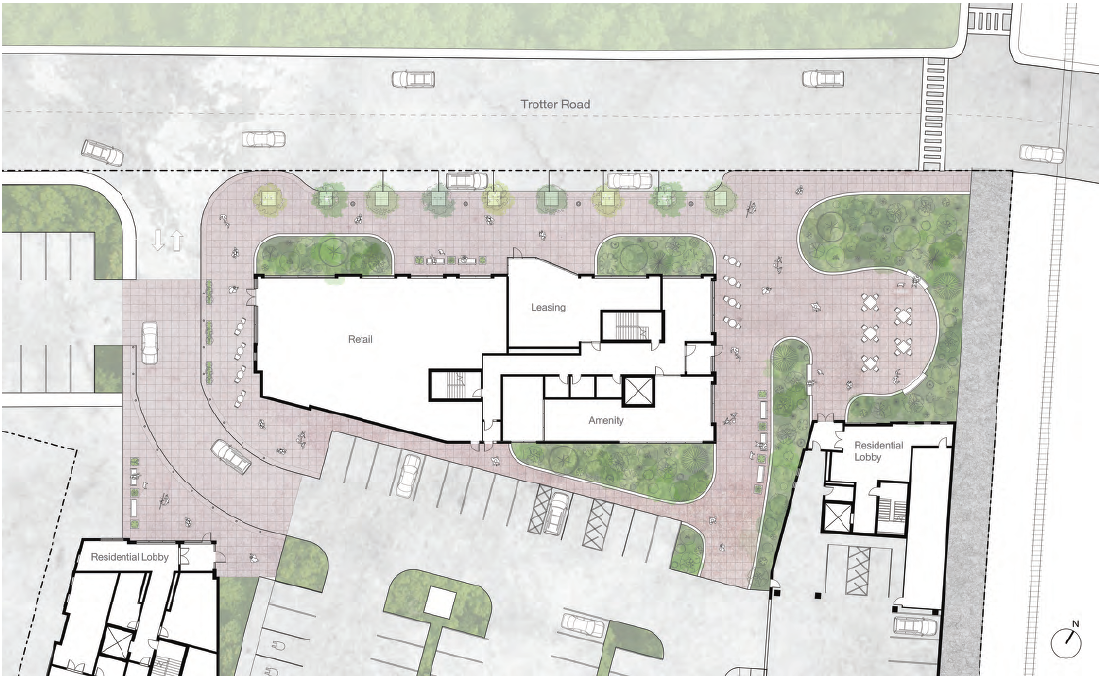
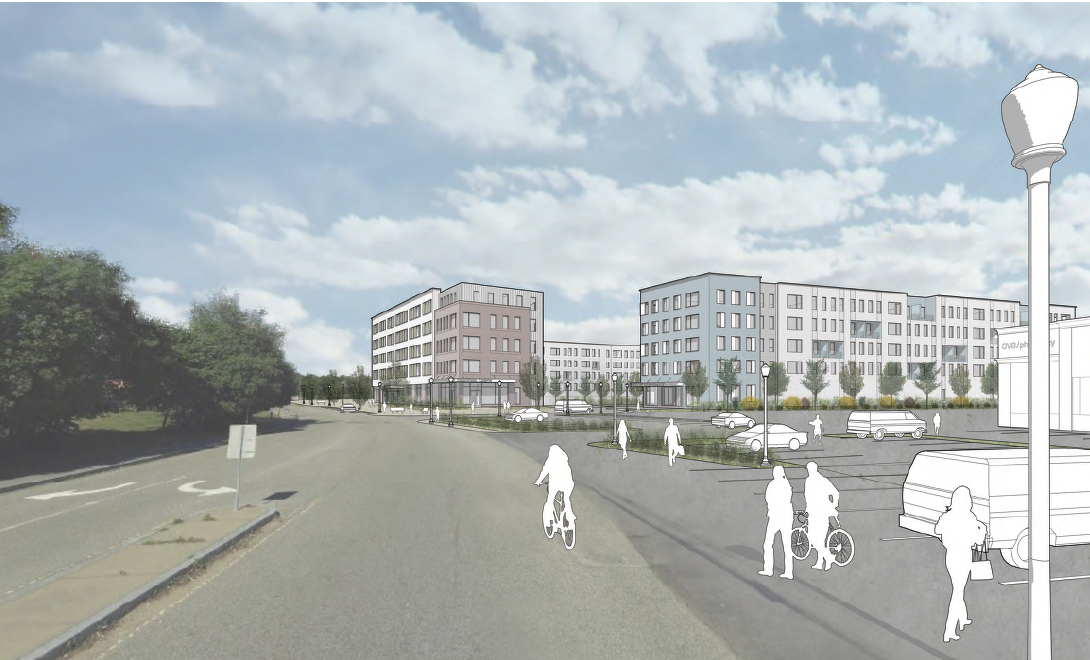
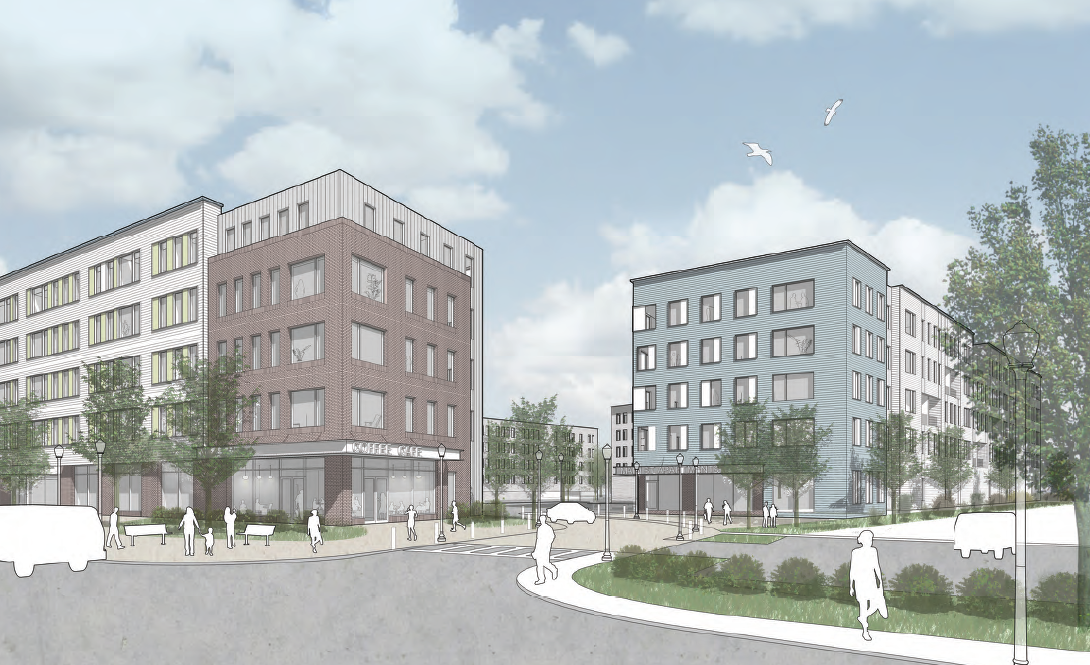
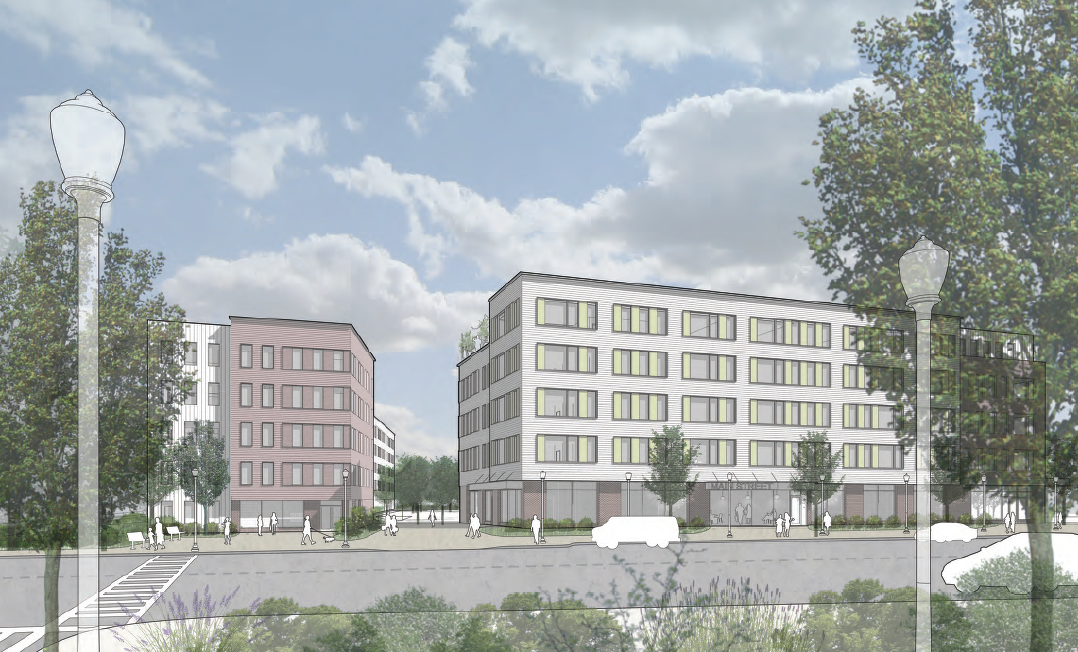
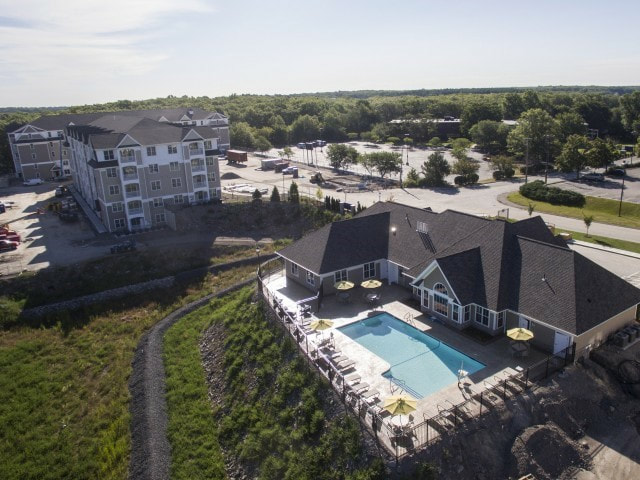
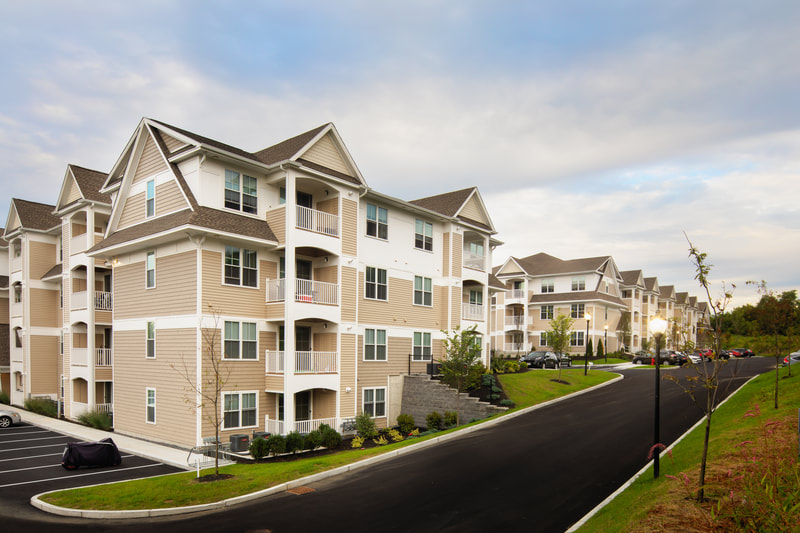
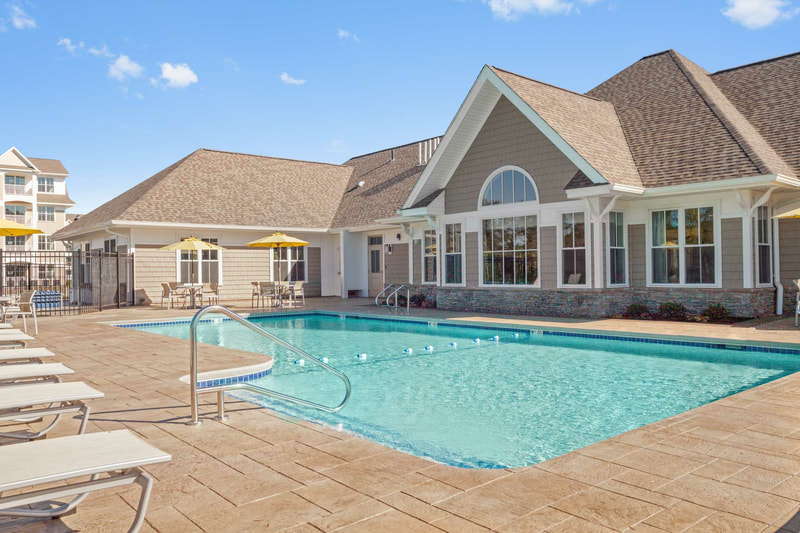
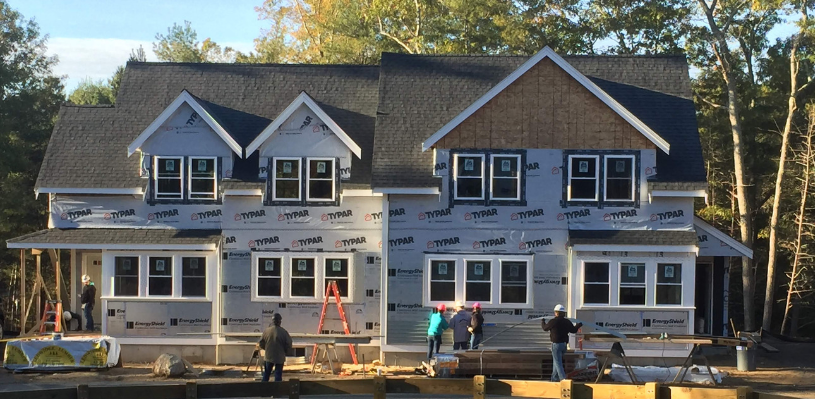
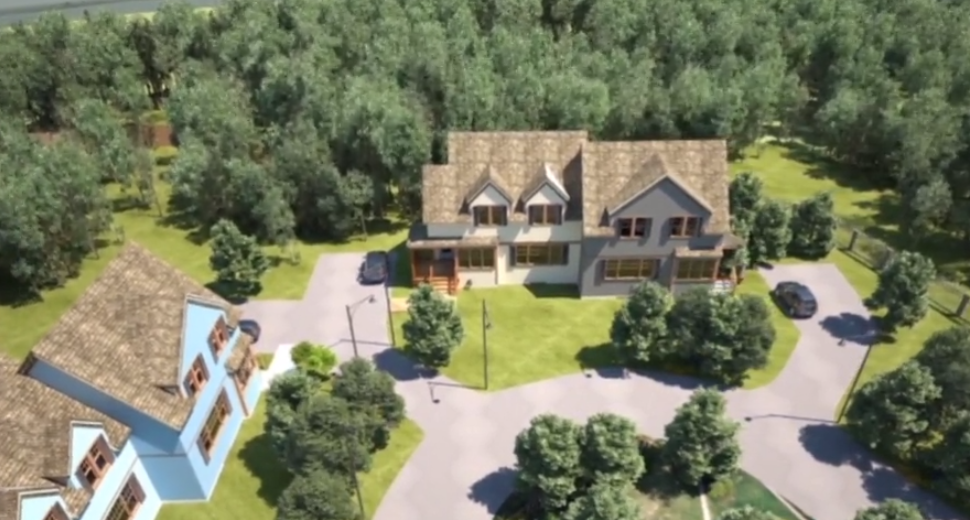
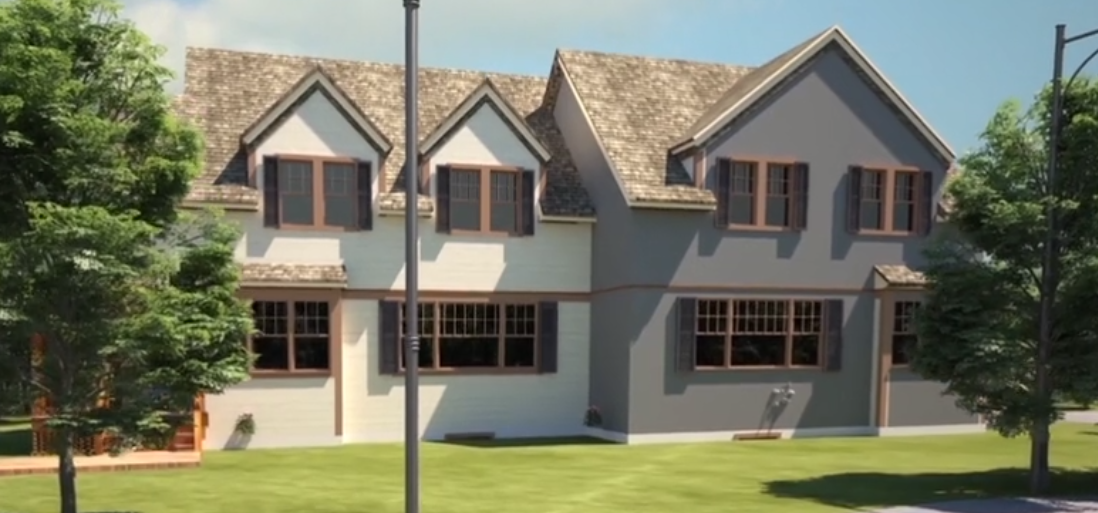
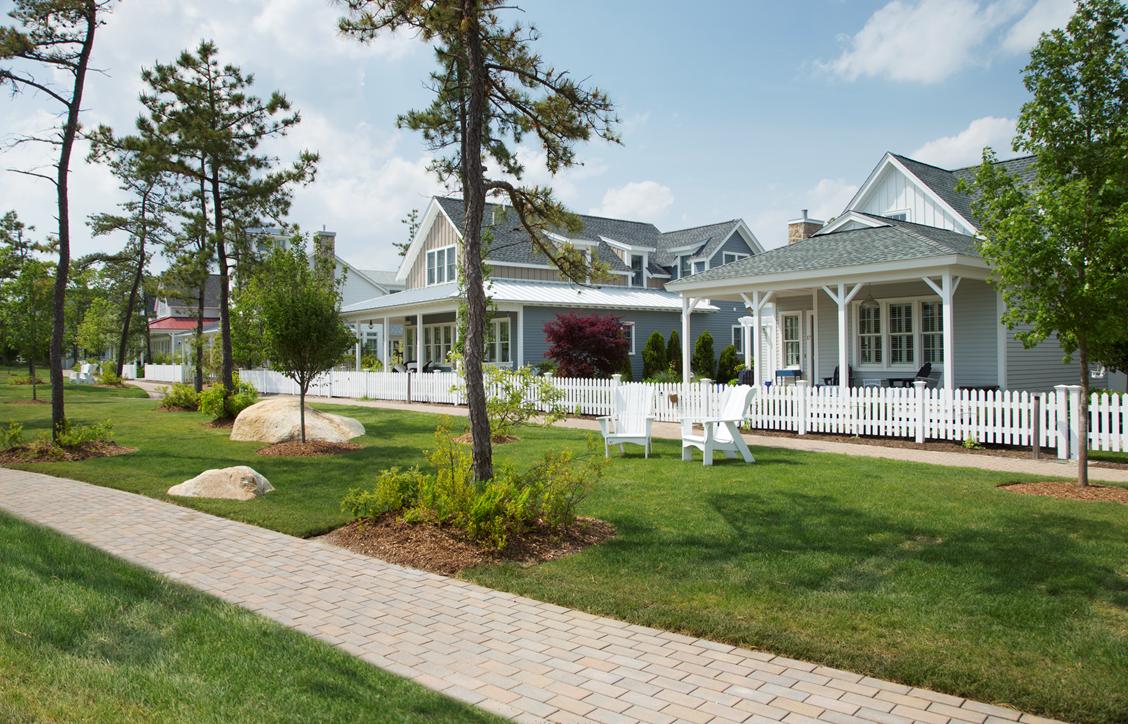
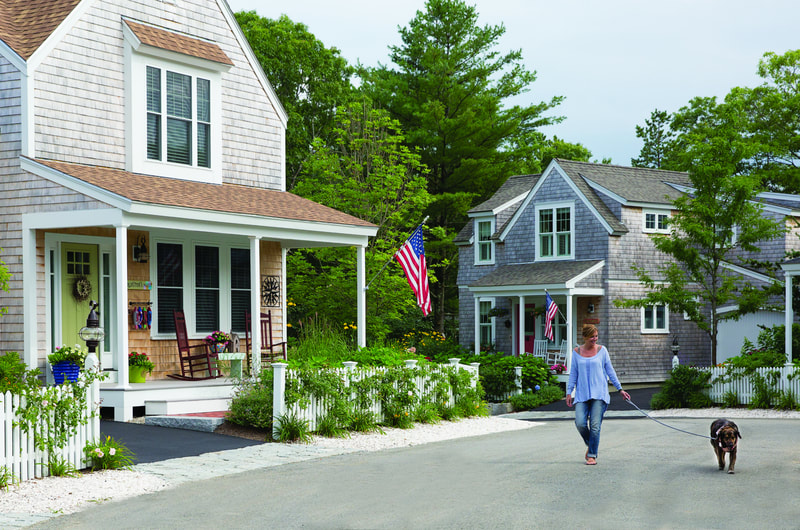
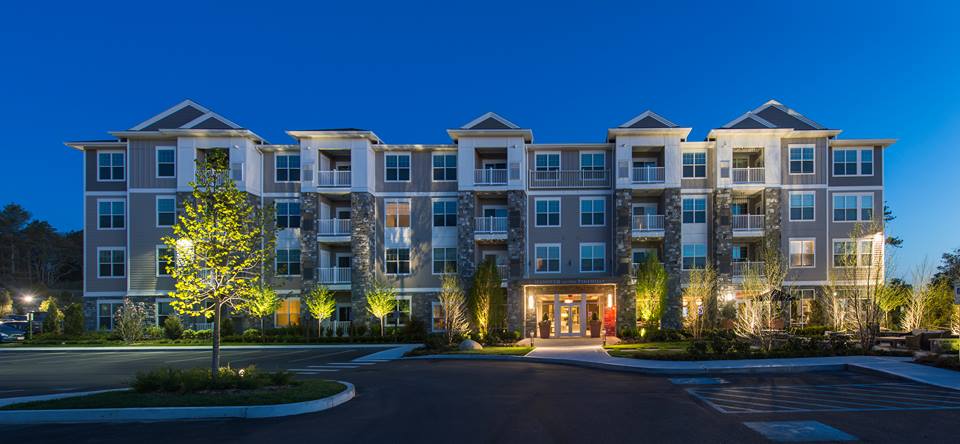
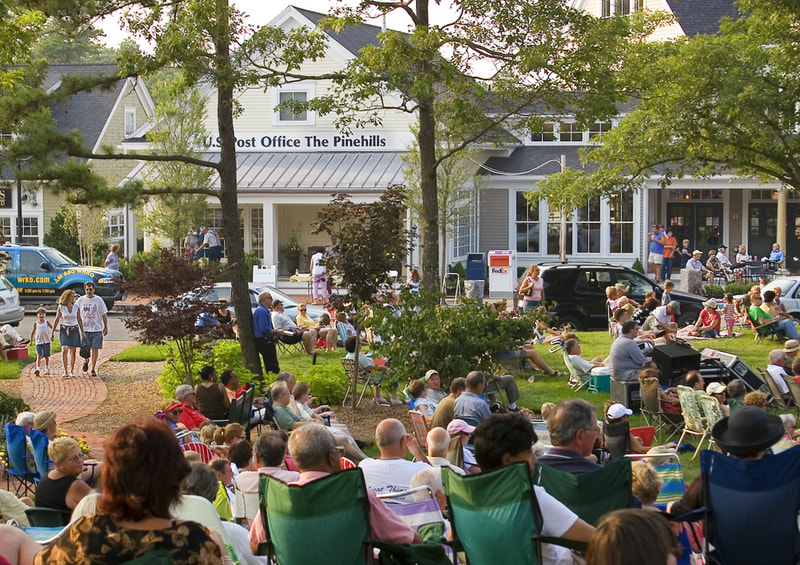
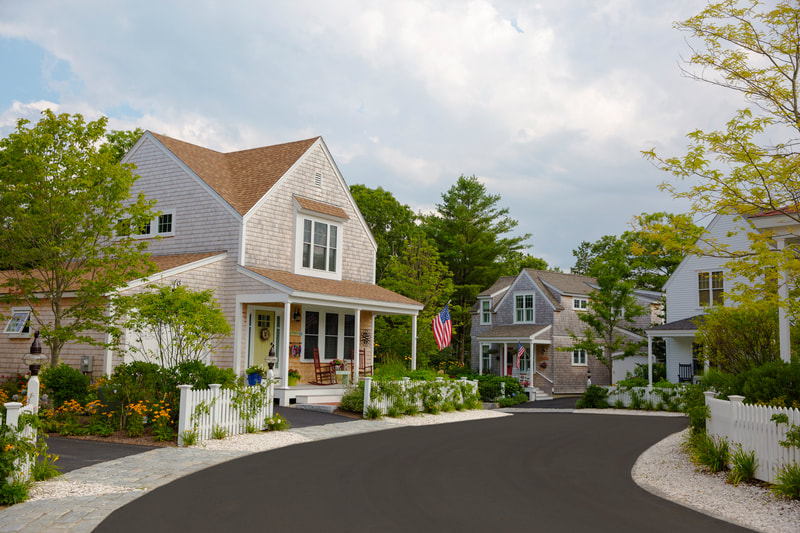
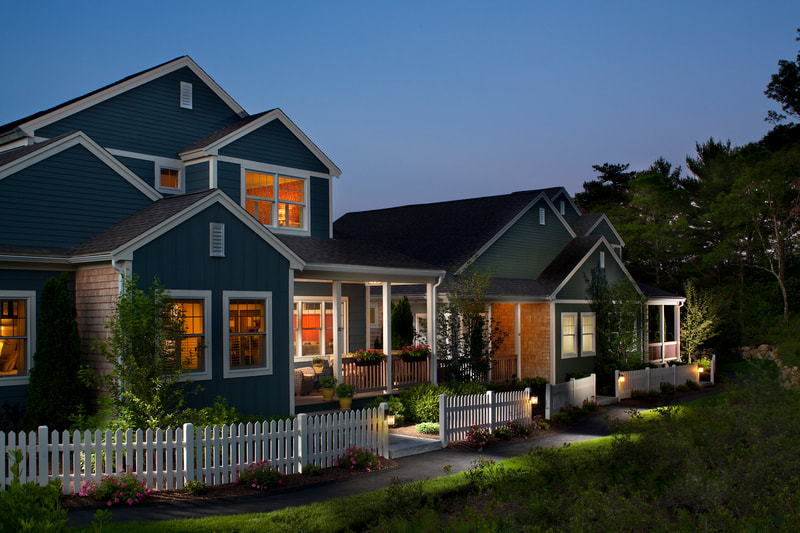

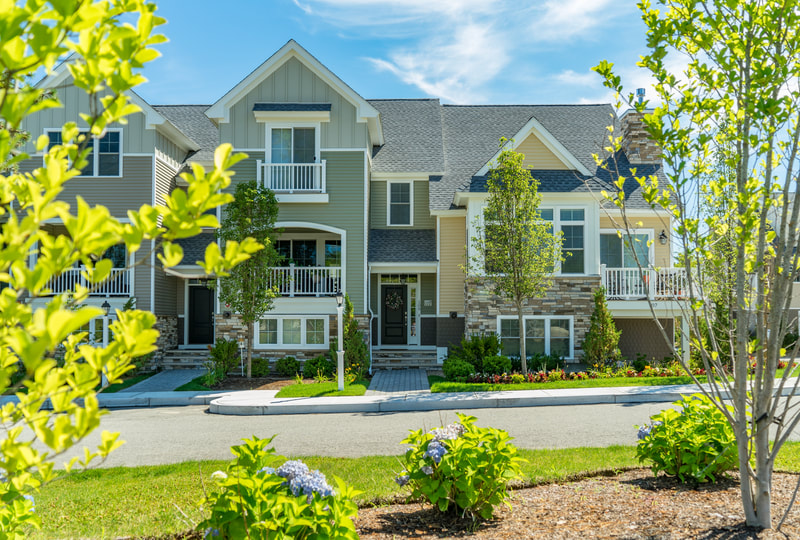
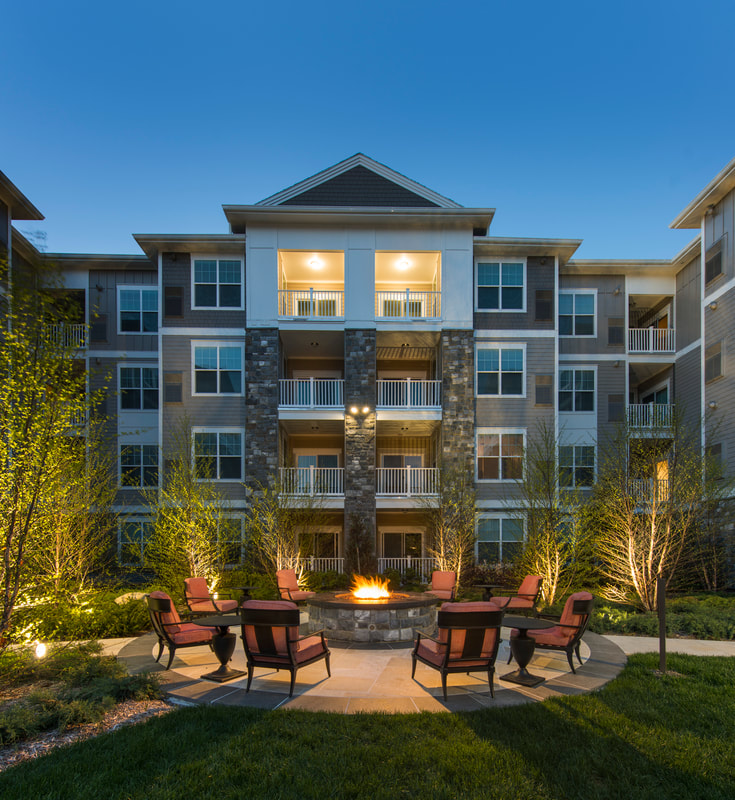
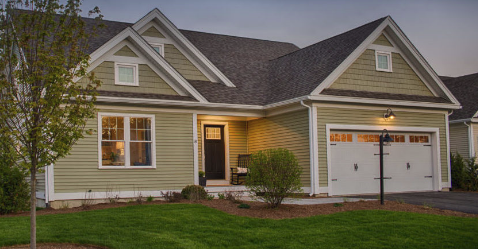
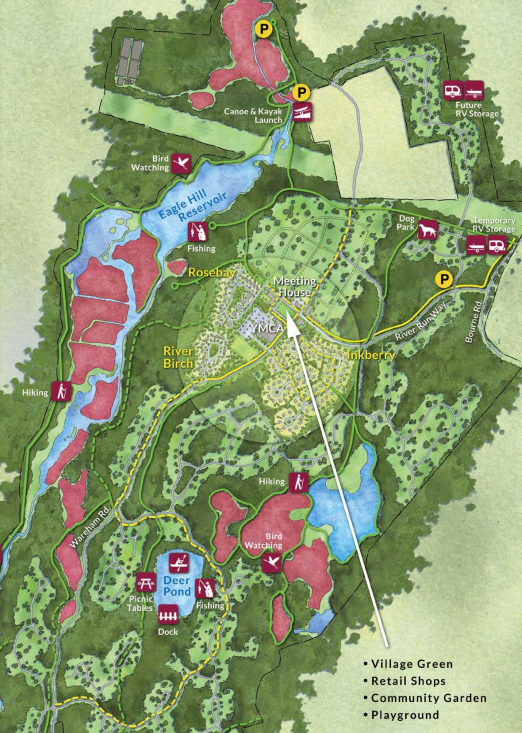
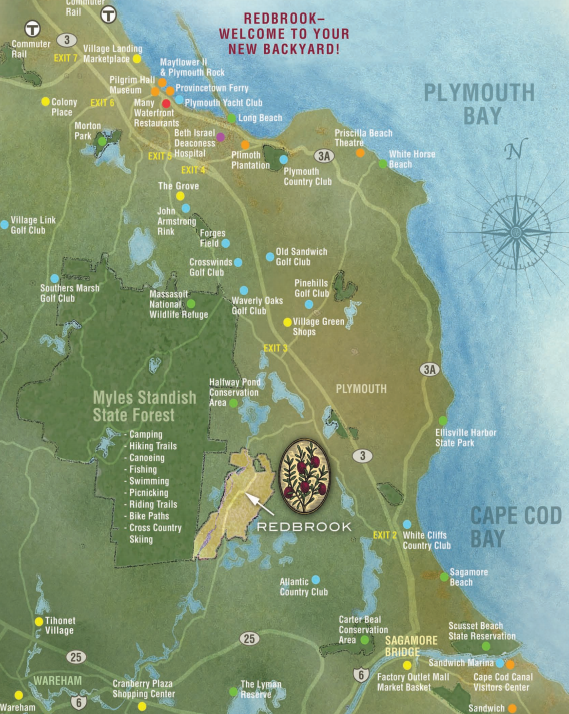
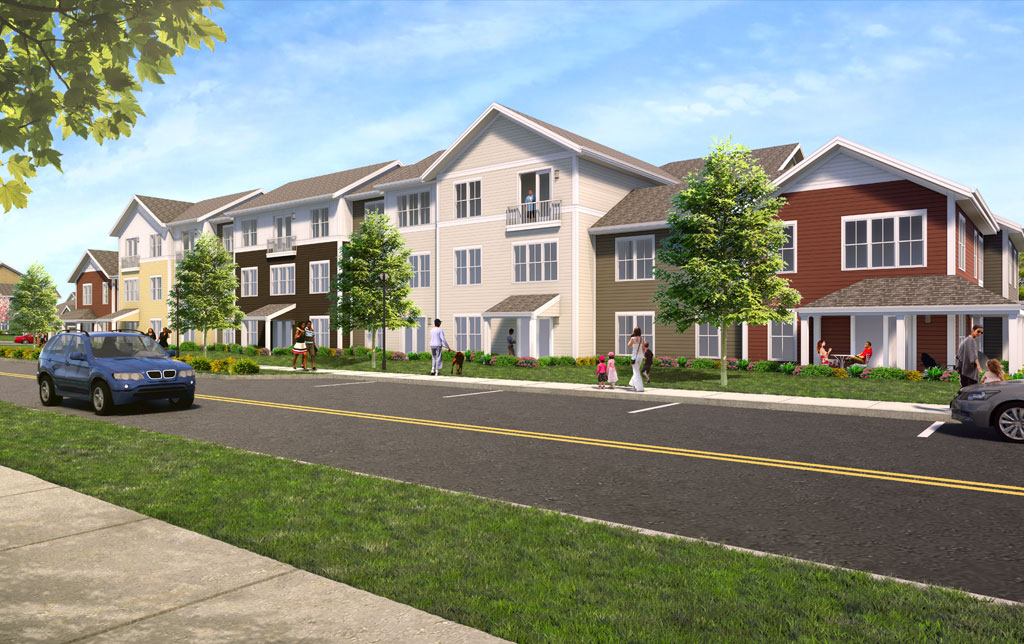
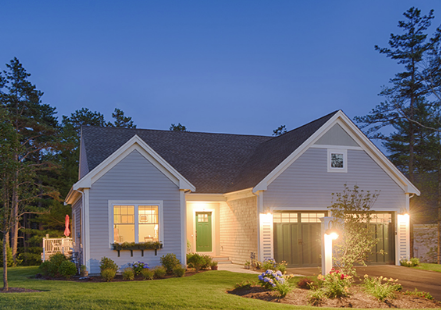
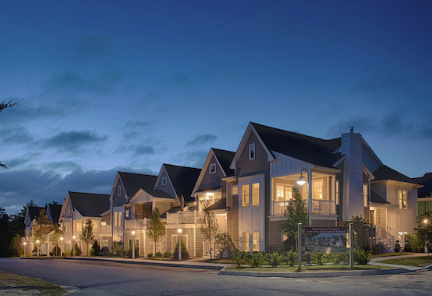
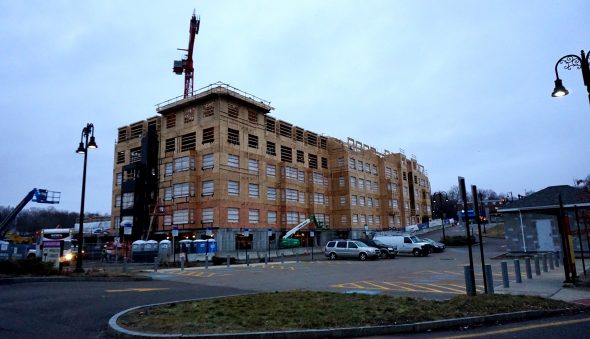
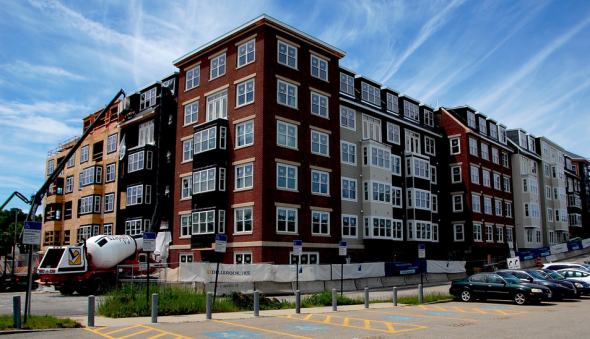
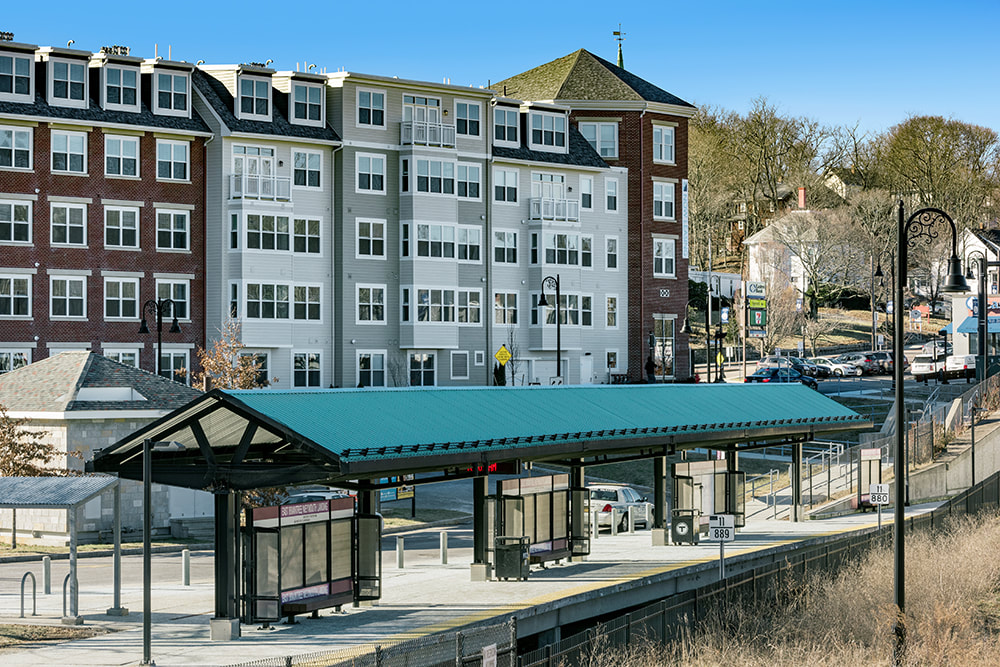
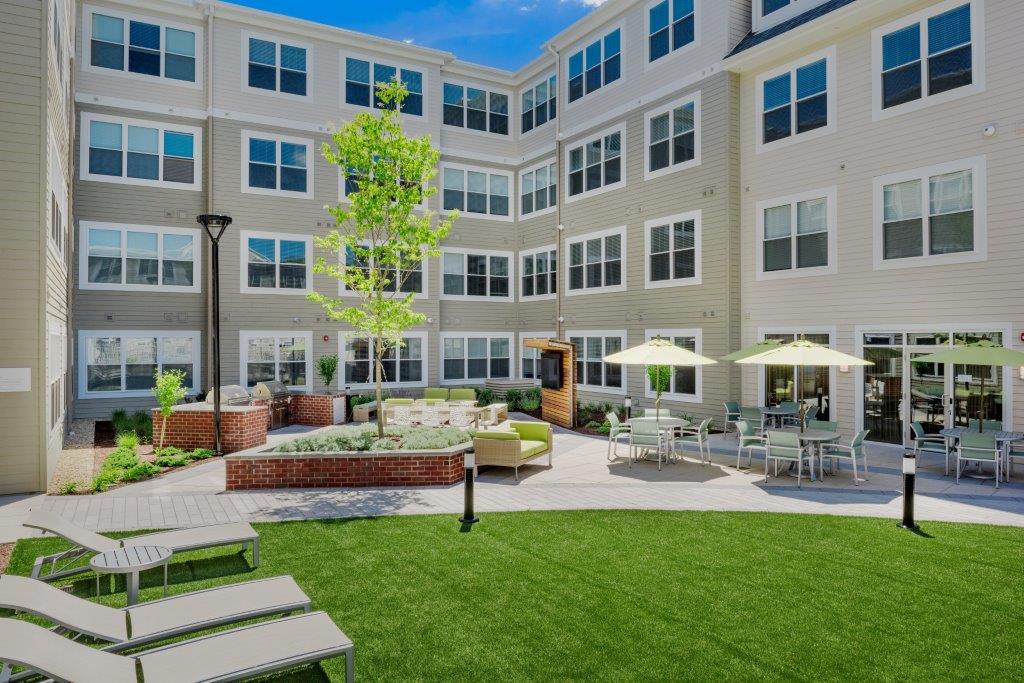
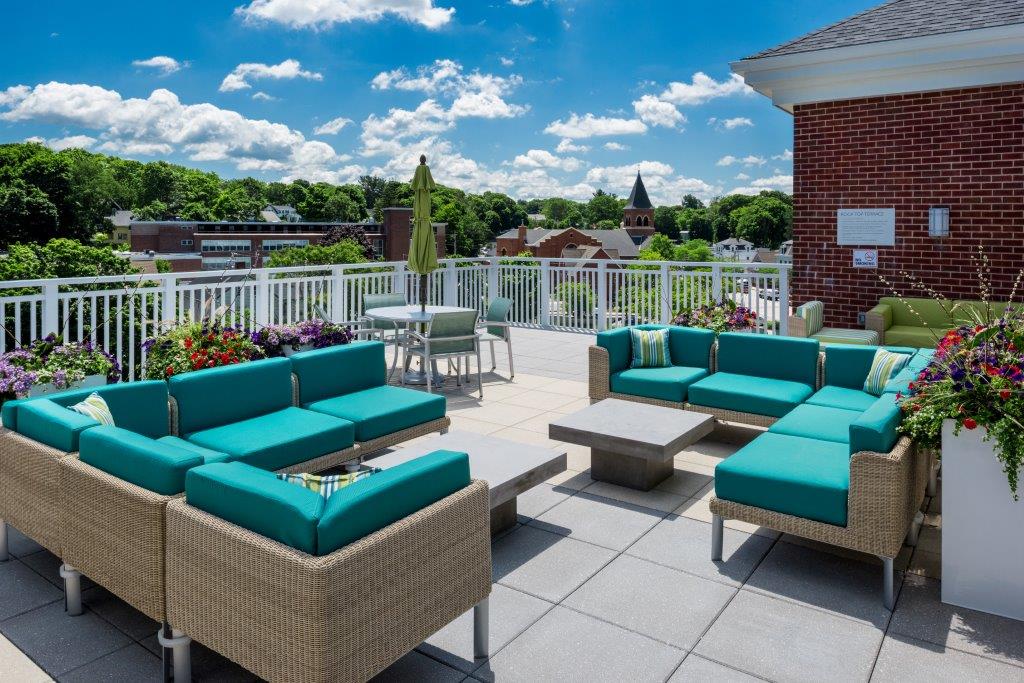
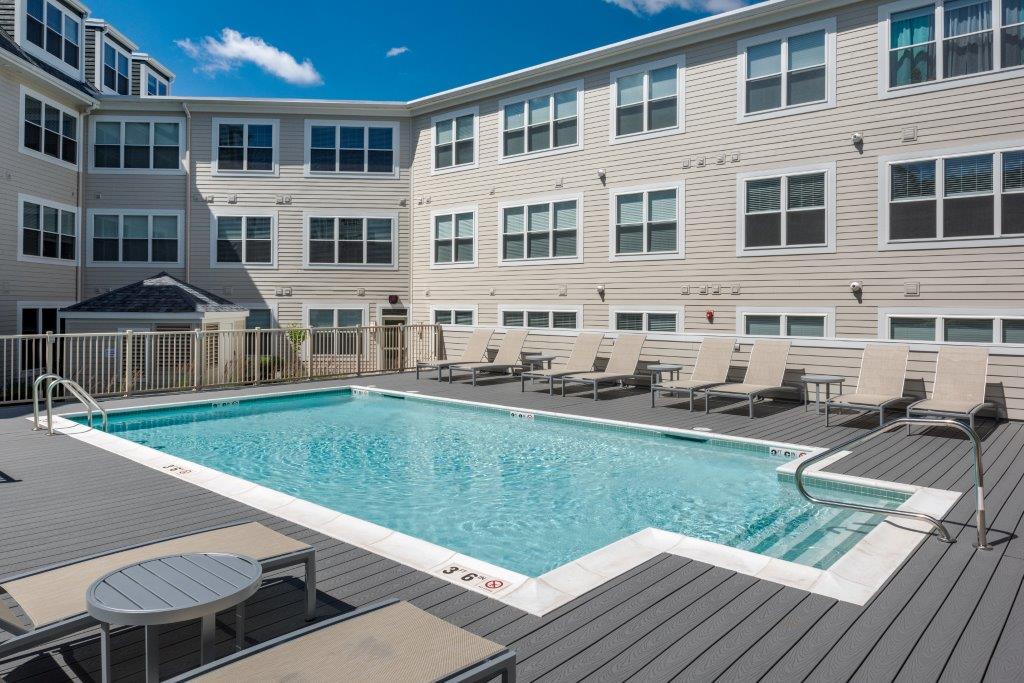
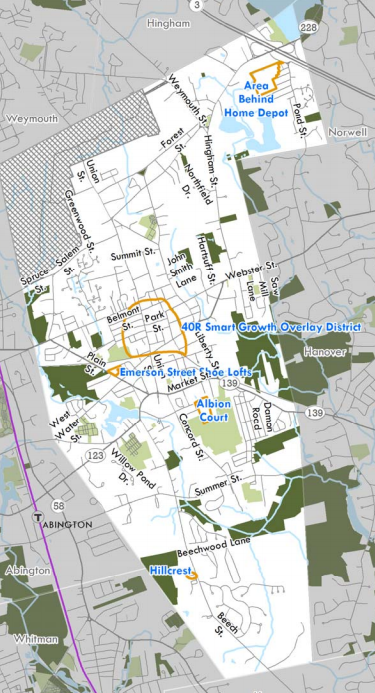
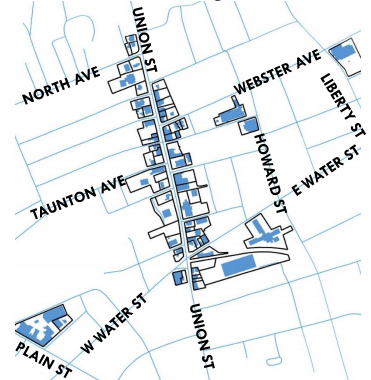
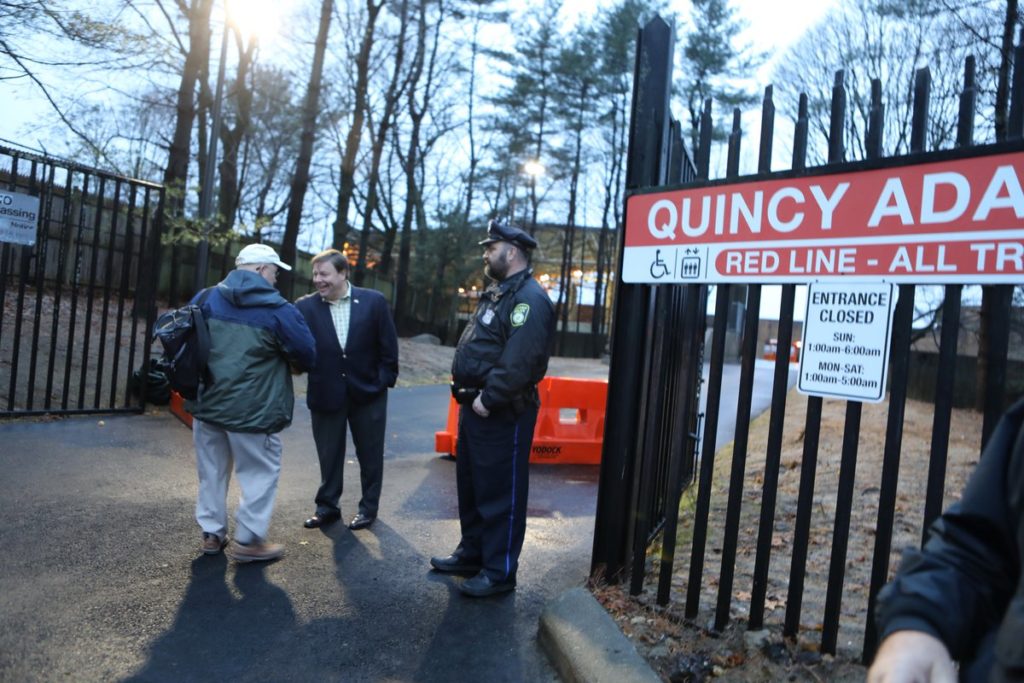
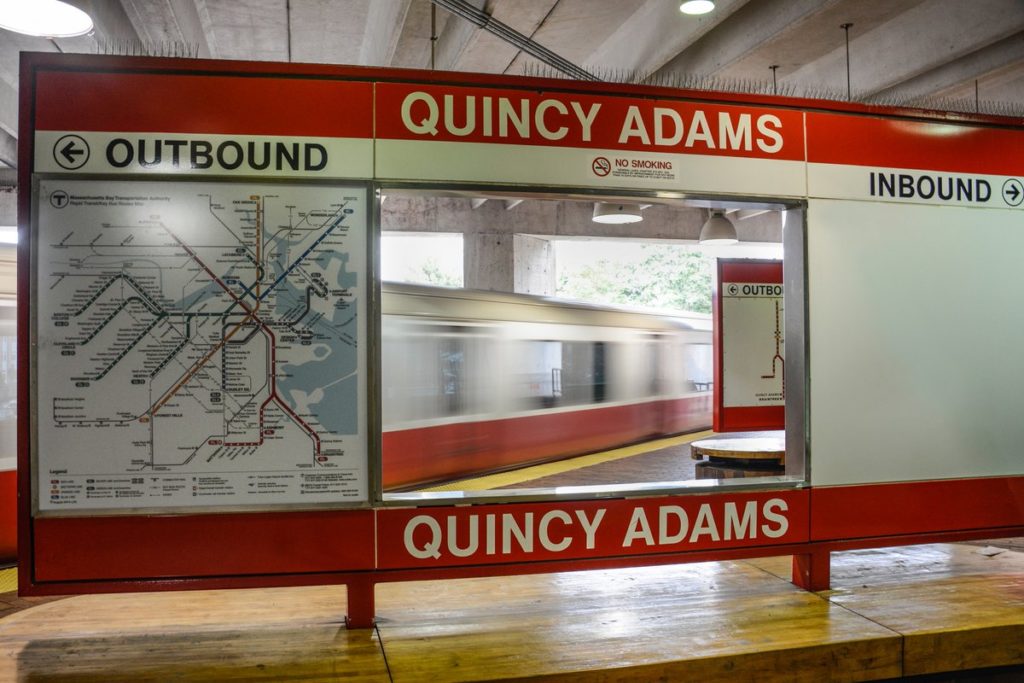

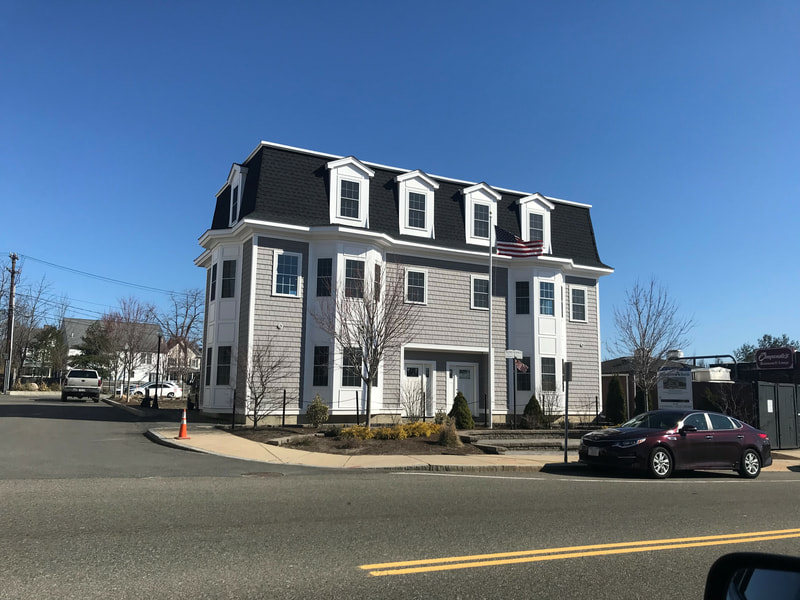
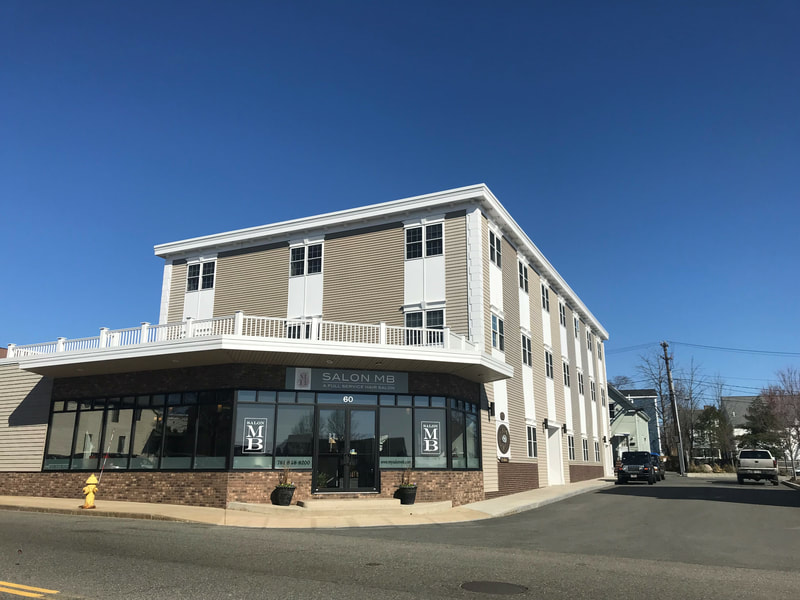
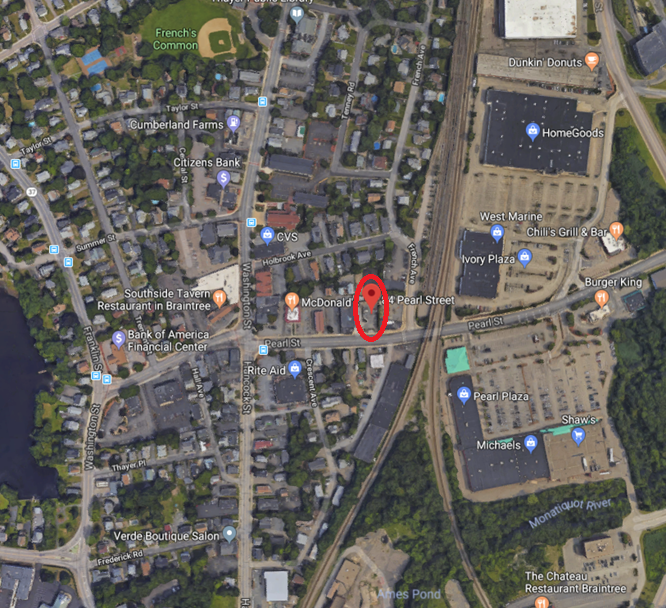
 RSS Feed
RSS Feed



